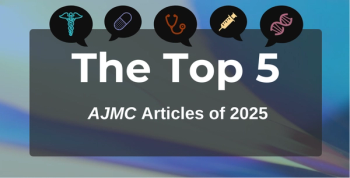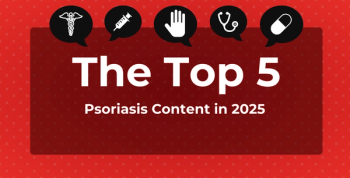
New, Nonopioid Pain Management Treatments Are Needed, Experts Say
Chronic pain affects many patients worldwide and often leads to opioid prescribing, thereby increasing the risk of opioid misuse. A position statement by the Association of Academic Physicians, published by the American Journal of Physical Medicine & Rehabilitation, reflects experts’ call for a new, comprehensive national strategy to include a functional approach to the diagnosis and treatment of pain.
Chronic pain affects many patients worldwide and often leads to opioid prescribing, thereby increasing the risk of opioid misuse. A position
The experts suggested that the strategy must include physical medicine, such as the expert diagnosis of musculoskeletal and other acute and chronic pain conditions, increased attention to non-pharmacological rehabilitation-based treatments, enhanced funding of pain research that includes functional outcomes, and an expansion in graduate medical education targeted to physiatry, according to the statement.
“We applaud Congress’ recent efforts to reduce the inappropriate prescription of opioids and provide addiction treatment to those affected. However, the legislation does not go far enough; it does not provision patient access to multifaceted pain management programs,” Danielle Perret Karimi, MD, associate clinical professor at The University of California Irvine and coauthor of the statement, stated in a press release. “We urge Congress to pass additional legislation that would improve access for patients with pain to programs that emphasize improved function rather than merely elimination of pain.”
Additionally, the statement emphasized the importance of improving the function and quality of life of patients with chronic pain and disabilities. A multifaceted, team-based approach was proposed; such an approach would incorporate non-opioid and non-drug treatments in order to shift the focus away from drug therapies. Such non-drug treatments may include prescriptive exercise programs to address physical impairments, the use of orthotics, and the use of physical modalities and manual therapies.
“These effective nonopioid treatments can be difficult for patients to access because of the burden of medical costs caused by current policies. Furthermore, if pain research does not include an enhanced focus on functional outcomes and if graduate medical education expansions aimed at the opioid crisis do not include a strong physiatric contribution, our nation's ability to address the opioid crisis will be jeopardized,” noted the statement.
The statement emphasized the limitations of opioid treatment and the major contribution that excessive prescription plays into the widespread crisis. However, in order to change pain management care, new nonopioid rehabilitation treatments must be supported and be easily accessible by patients.
“We must support rehabilitation based nonopioid treatments for acute and chronic pain, nonpharmacologic and nonopioid pain research that measures patient function, and a deliberate expansion in physiatric residency positions to provision the right resources to meet the nation's healthcare needs,” concluded the authors.
Reference
Pavlinich M, Perret D, Rivers WE, et al. Physiatry, pain management, and the opioid crisis: a focus on function. Am J Phys Med Rehabil. 2018;97-856-860. doi: 10.1097/PHM.0000000000001026.
Newsletter
Stay ahead of policy, cost, and value—subscribe to AJMC for expert insights at the intersection of clinical care and health economics.








































